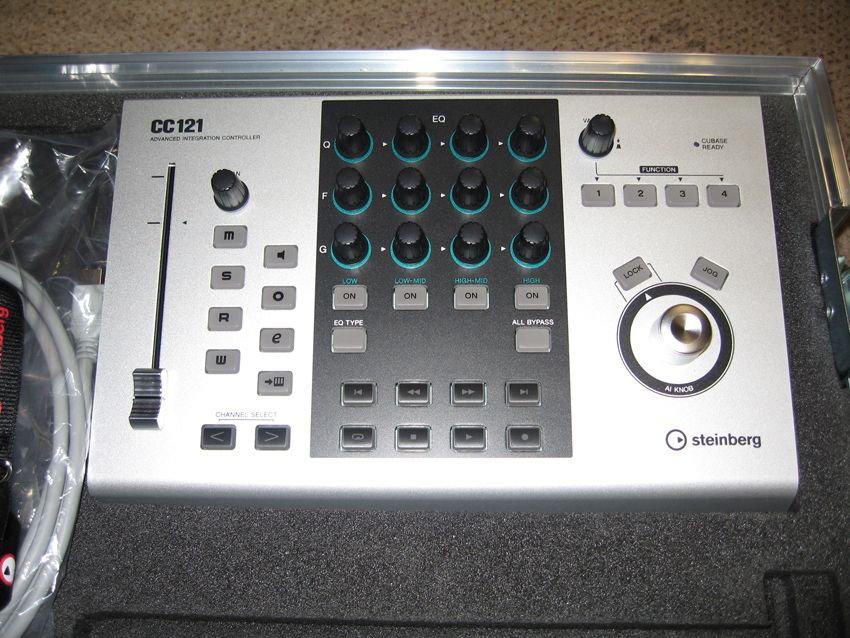

VariAudio's Pitch and Warp function can analyse your audio files, detecting both the pitch and timing of your mono recordings and splaying the results across a piano-roll style grid. Here's a real timesaver for those times when you have a track loaded with insert effects: Holding Shift-Alt and clicking on a track's 'e' button in the Track Inspector will instantly bring up the GUIs for all inserted effects for that track. And one crucial point about Cubase's insert slots that is overlooked by many: the first six are pre- fader, but the last two are post-fader! Point of insertion

#MODERN WARFARE BETA PC FULL#
This will give you yet another full complement of insert slots with which to play. You can simply route the track's Output into an empty Group channel. Though that ought to be enough for even the most complex productions, you need not feel restricted by this limitation. However, there are only eight insert slots on each track. Steinberg has bundled loads of excellent effects plugins into Cubase, including many go-to insert effects like compressors, limiters and filters.
#MODERN WARFARE BETA PC WINDOWS#
It's for Windows 95/98, though we ran it just fine on Windows XP using a virtual machine.
#MODERN WARFARE BETA PC PATCH#
If such a file isn't already available, you might want to dig up a copy of Steinberg's ancient (and free) ScriptMaker program, which will allow you to roll your own Patch Scripts. Thanks to the one-two punch of MIDI Devices and Patch Scripts, you can import SPF files of the factory patch lists of your favourite synth. This many patches can be quite difficult to manage, but Cubase has been making it a snap for eons. If you still use any hardware synths or effects, they probably come loaded with hundreds if not thousands of preset patches, often divided into banks. Yet right-clicking will bring up more options, including the option to copy or paste a colour, reset a colour or display HSV and RGB values numerically. You probably already know that you can click on the assigned colour example for a given graphic bit and select a new colour. This one is all about colour, as in your colour settings in the Appearance section of Cubase's Preferences. There are so many ways to customise Cubase that we almost hesitate to offer up even more. You probably already know to right-click if you want to bring up the Tools menu, but did you know that right-clicking and holding (or Ctrl- clicking and holding on a Mac) for a few seconds will allow you to drag to reshape the Toolbox? Most windows can be reshaped or scaled up or down in size - even some that may not appear to be possessed of such flexibility. This is terrifically useful when sharing projects with collaborators, particularly users of other DAWs. One often overlooked feature is its ability to export the text contents of the built-in Notepad available on each Cubase channel. Audio, MIDI, OMF and even tempo track information can be spat out of the program. Note takenĬubase provides plenty of export options. To automatically show all controller lanes with controller data, open the Controller Lane Setup pop-up menu, and select Show Used Controllers.Here's a super-fast way to adjust the octave of your MIDI events in the Project view: simply select the MIDI notes you'd like to adjust and then hold the Shift key along with the up or down arrow keys to raise or lower the octave of the selected events. To reset the controller display to show only the velocity lane, open the Controller Lane Setup pop-up menu, and select Velocity only. To show/hide multiple lanes, open the Controller Lane Setup pop-up menu, and select Show/Hide Controller Lanes. To bring it back, click Create Controller Lane.

If you remove all lanes, the controller display is hidden. It does not affect the events in any way. To remove a controller lane, open the Controller Selection and Functions pop-up menu and select Remove this Lane. To add a controller lane, click Create Controller Lane or open theĬontroller Selection and Functions menu and select When you create new tracks, they get the last used controller lane setup.įigure: The controller display with lanes.

The use of several controller lanes allows you to view and edit different controllers at the same time.Įach MIDI track has its own controller lane setup (number of lanes and selected event types). However, you can add as many lanes as you need. By default, the controller display has a single lane that shows one event type at a time. The Controller Display displays the controller events.


 0 kommentar(er)
0 kommentar(er)
